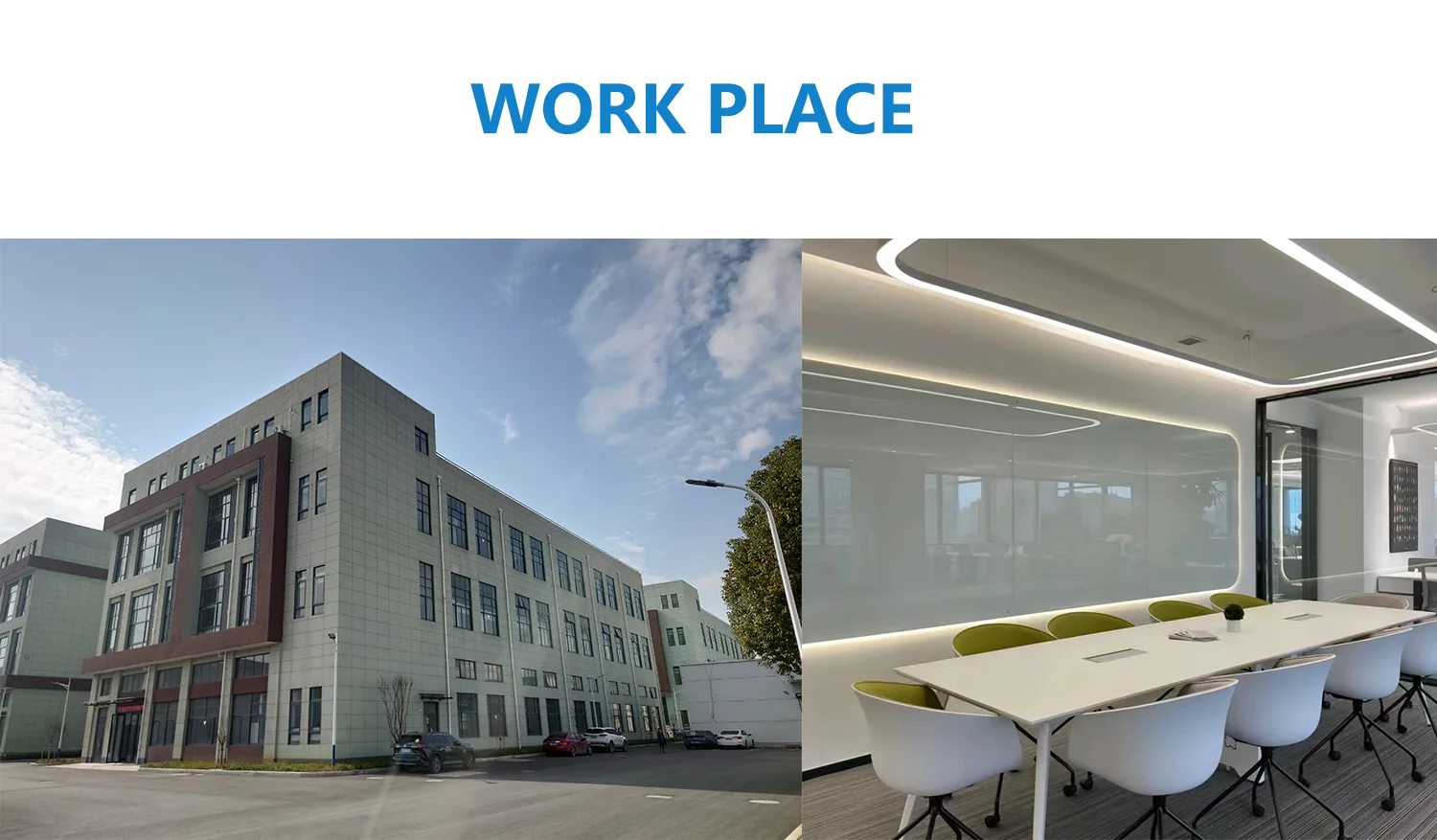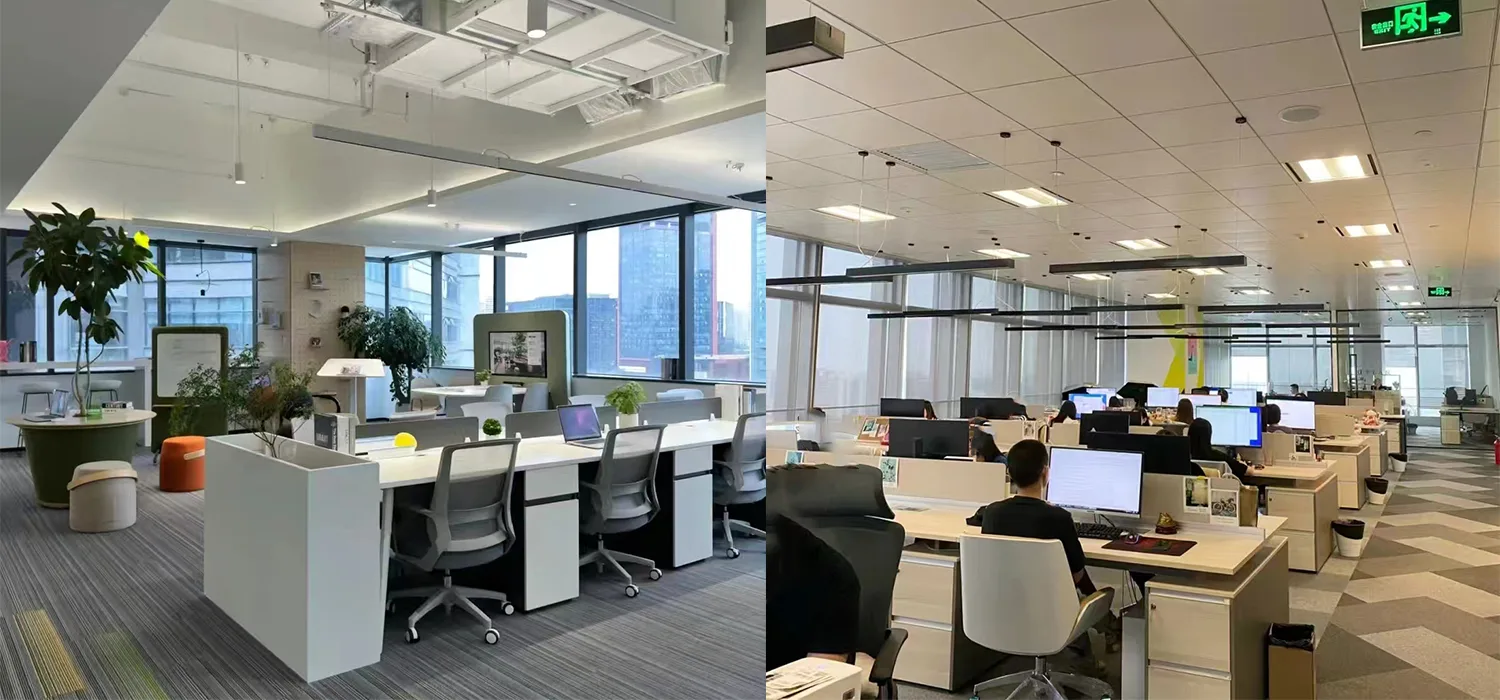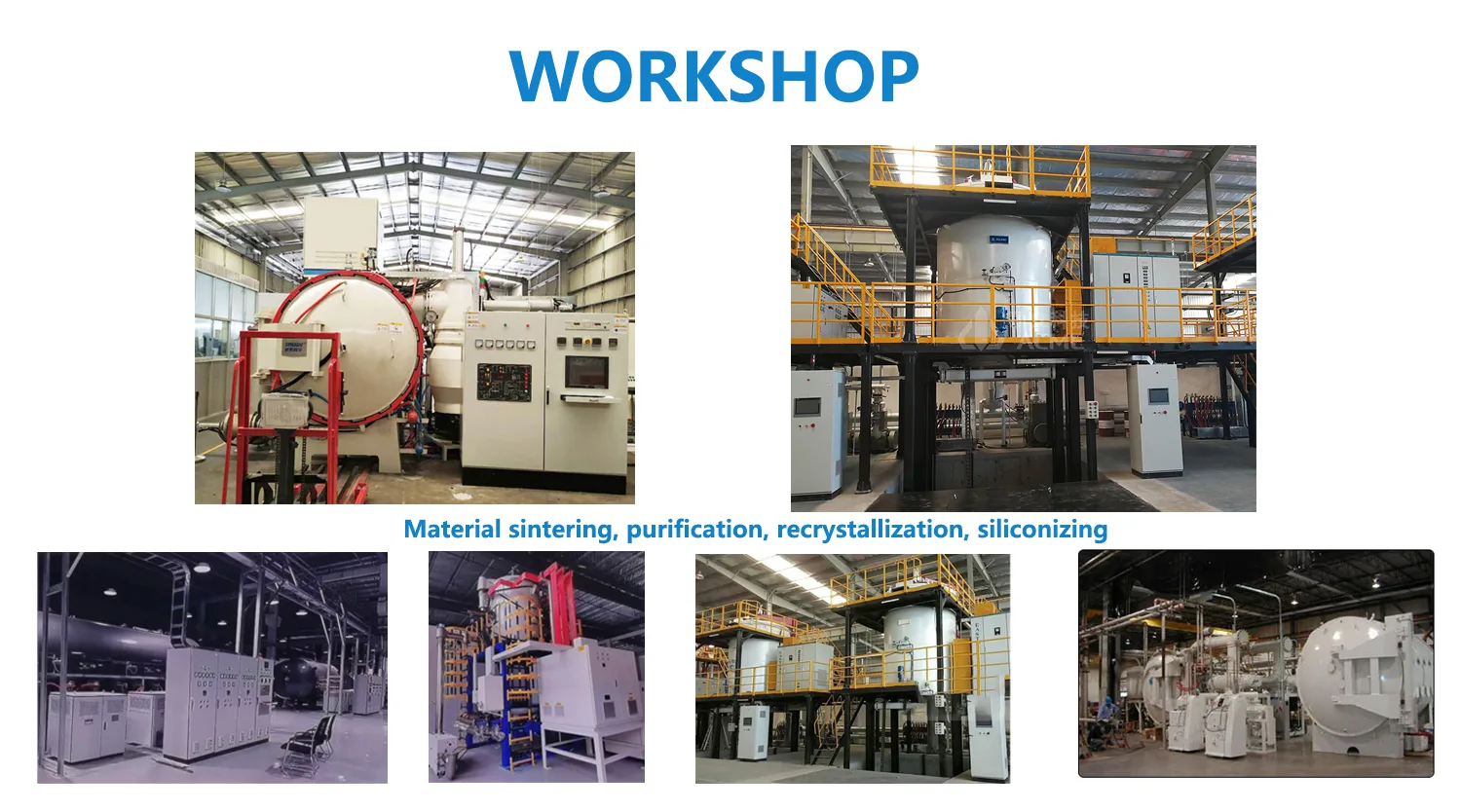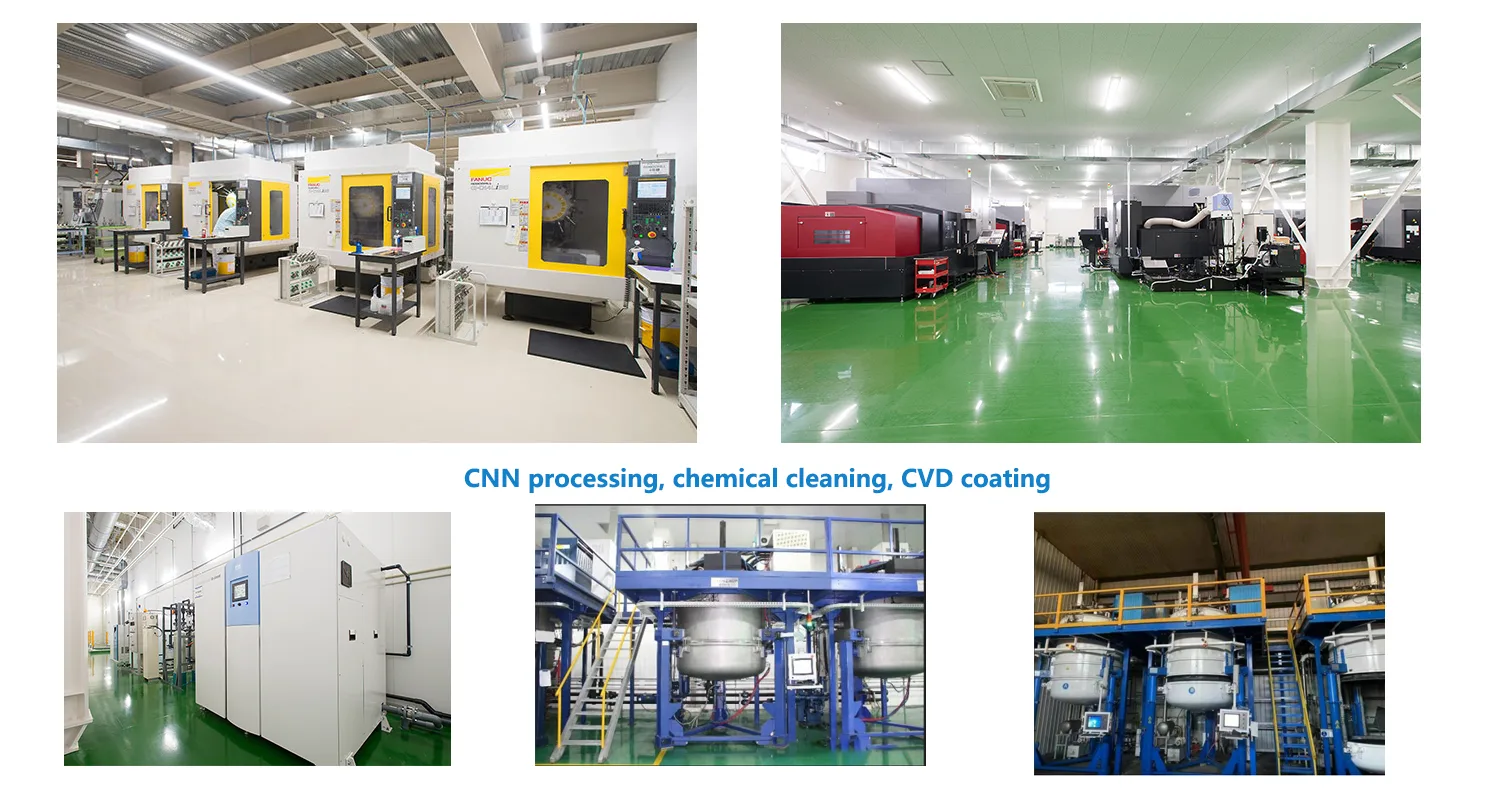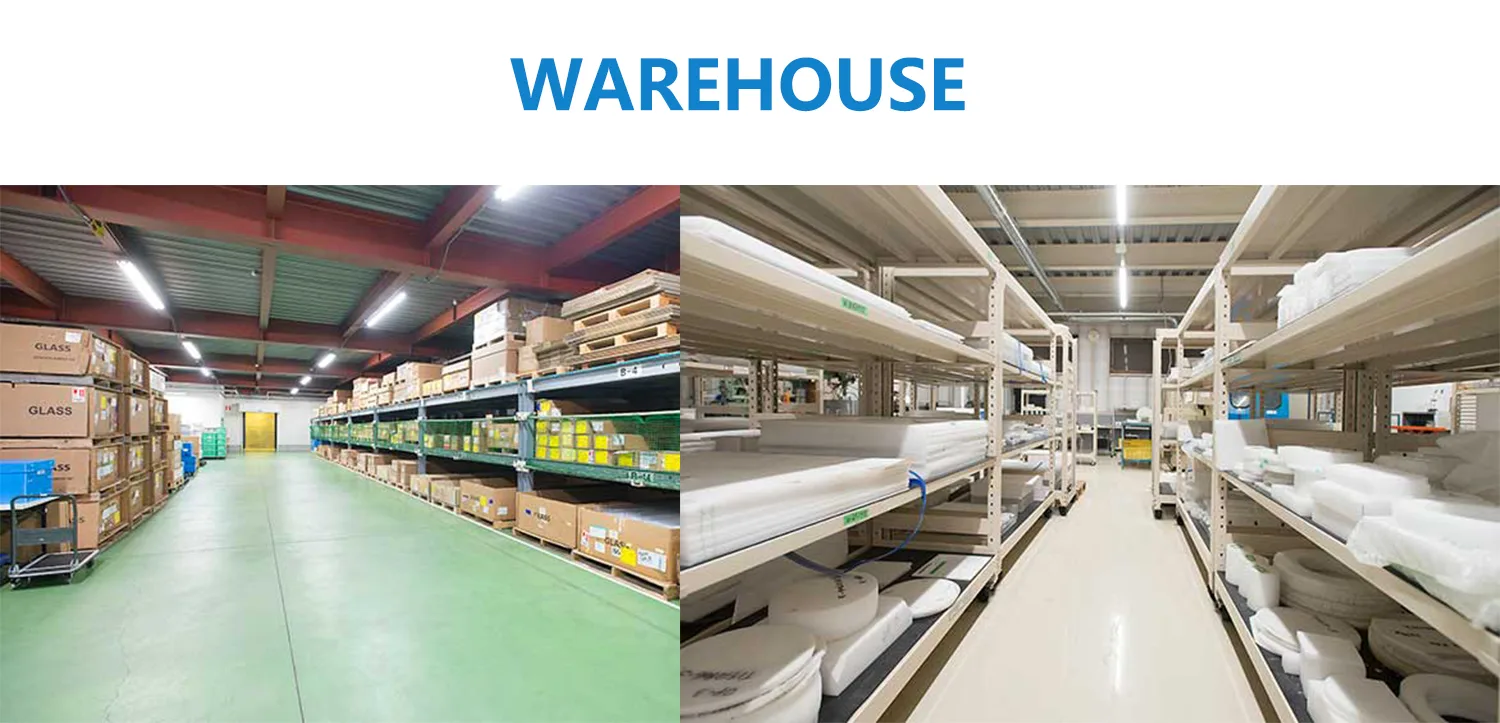Semicera’s C/C composite crucible is durable. Very suitable for a variety of industrial applications, this crucible is well made and reflects the excellent quality of the Semicera brand. We look forward to becoming your long-term partner in China.
Kompozyty węglowe węglowe:
Carbon/carbon composites are carbon matrix composites reinforced by carbon fibers and their fabrics. With low density (< 2.0g/cm3), high strength, high specific modulus, high thermal conductivity, low coefficient of expansion, good friction performance, good thermal shock resistance, high dimensional stability, is now in the application of more than 1650℃, the highest theoretical temperature up to 2600℃, so it is considered to be one of the most promising high temperature materials.
The C/C Composite Crucible from Semicera is engineered for high-performance applications requiring exceptional thermal stability and strength. Crafted from carbon fiber-reinforced carbon (CFRC), this crucible combines lightweight design with outstanding mechanical properties, making it ideal for processes such as metal melting and chemical vapor deposition.
Semicera’s C/C composite technology offers remarkable resistance to thermal shock and chemical corrosion, ensuring longevity in demanding environments. The innovative structure of our carbon-carbon composite minimizes thermal expansion, which is crucial for maintaining precision in high-temperature applications.
Designed for versatility, the C/C Composite Crucible is suitable for various industrial uses, including aerospace, automotive, and semiconductor industries. Its advanced material composition not only enhances performance but also reduces the overall weight of the crucible, making it easier to handle. Trust Semicera to provide you with reliable, high-quality crucibles that meet your specific manufacturing needs.
|
Dane techniczne kompozytów węglowych/węglowych |
|
||
|
Indeks |
Jednostka |
Wartość |
|
|
Gęstość luzem |
g/cm3 |
1.40~1.50 |
|
|
Zawartość węgla |
% |
≥98.5~99.9 |
|
|
Popiół |
Ppm |
≤65 |
|
|
Thermal conductivity (1150℃) |
W/mk |
10~30 |
|
|
Wytrzymałość na rozciąganie |
MPA |
90~130 |
|
|
Siła zginania |
MPA |
100~150 |
|
|
Siła ściskająca |
MPA |
130~170 |
|
|
Siła ścinania |
MPA |
50~60 |
|
|
Siła ścinania interlaminarnego |
MPA |
≥13 |
|
|
Rezystywność elektryczna |
Ω.mm2/m |
30~43 |
|
|
Współczynnik rozszerzalności cieplnej |
106/K |
0.3~1.2 |
|
|
Temperatura przetwarzania |
℃ |
≥2400℃ |
|
|
Jakość wojskowa, pełne chemiczne osadzanie pary pieców, importowane z włókna węglowego Toray T700 Wstępnie tkane igły 3D |
|
||
Może być szeroko stosowany w środowisku o wysokiej temperaturze różnych struktury, grzejnika i naczynia. W porównaniu z tradycyjnymi materiałami inżynierskimi kompozyt węglowy ma następujące zalety:
1) Wysoka siła
2) High temperature up to 2000℃
3) Odporność na wstrząsy termiczne
4) niski współczynnik rozszerzalności cieplnej
5) Mała pojemność termiczna
6) Doskonała odporność na korozję i odporność na promieniowanie
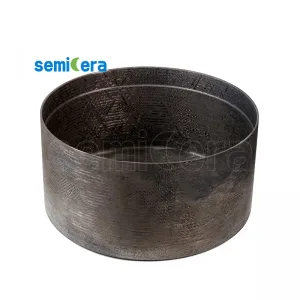
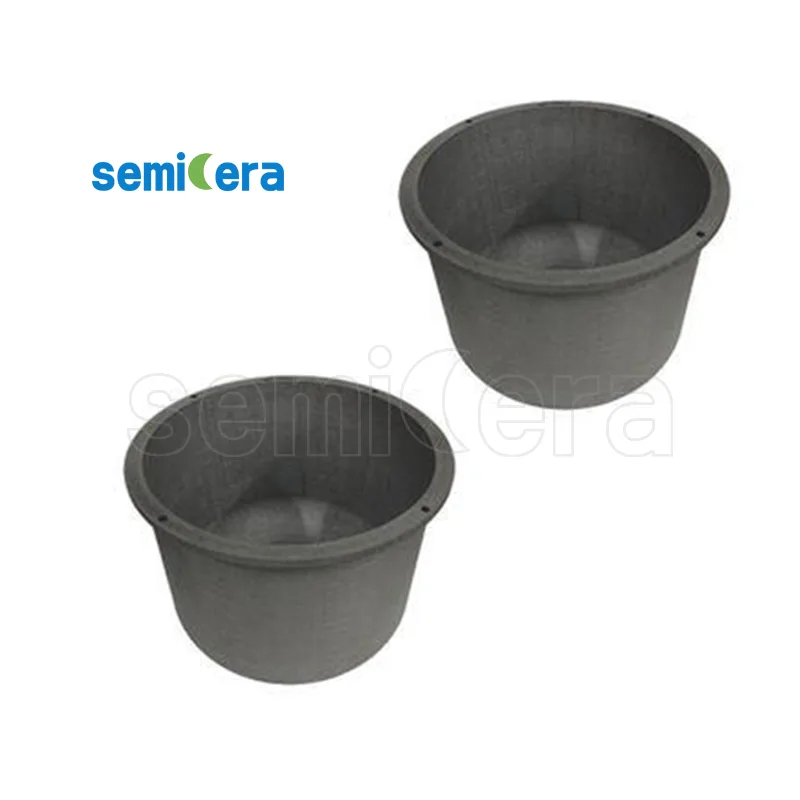
Aplikacja:
1. Aerospace. Z powodu materiału kompozytowego ma dobrą stabilność termiczną, wysoką wytrzymałość i sztywność. Może być stosowany do produkcji hamulców samolotów, skrzydła i kadłuba, anteny satelitarnej oraz struktury wsporczej, skrzydła słonecznego i skorupy, dużej skorupy rakietowej, skorupy silnika itp.
2. Przemysł motoryzacyjny.
3. Pole medyczne.
4. Osadowanie ciepła
5. Jednostka grzewcza
6. Insulation Ray
